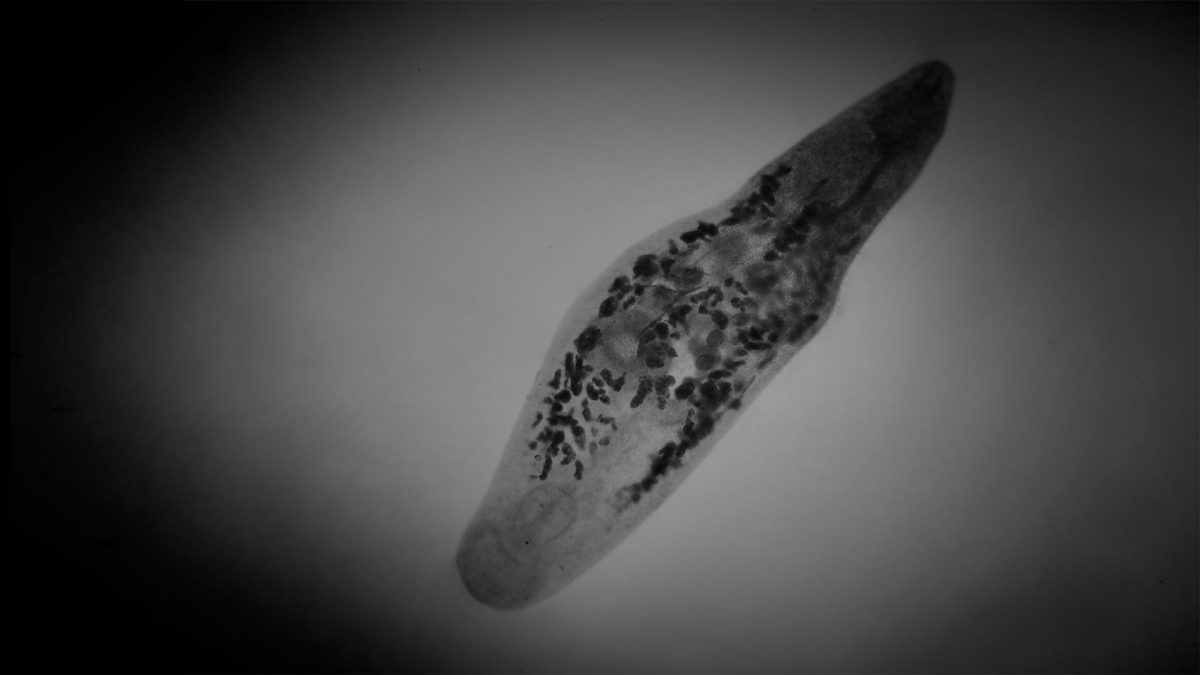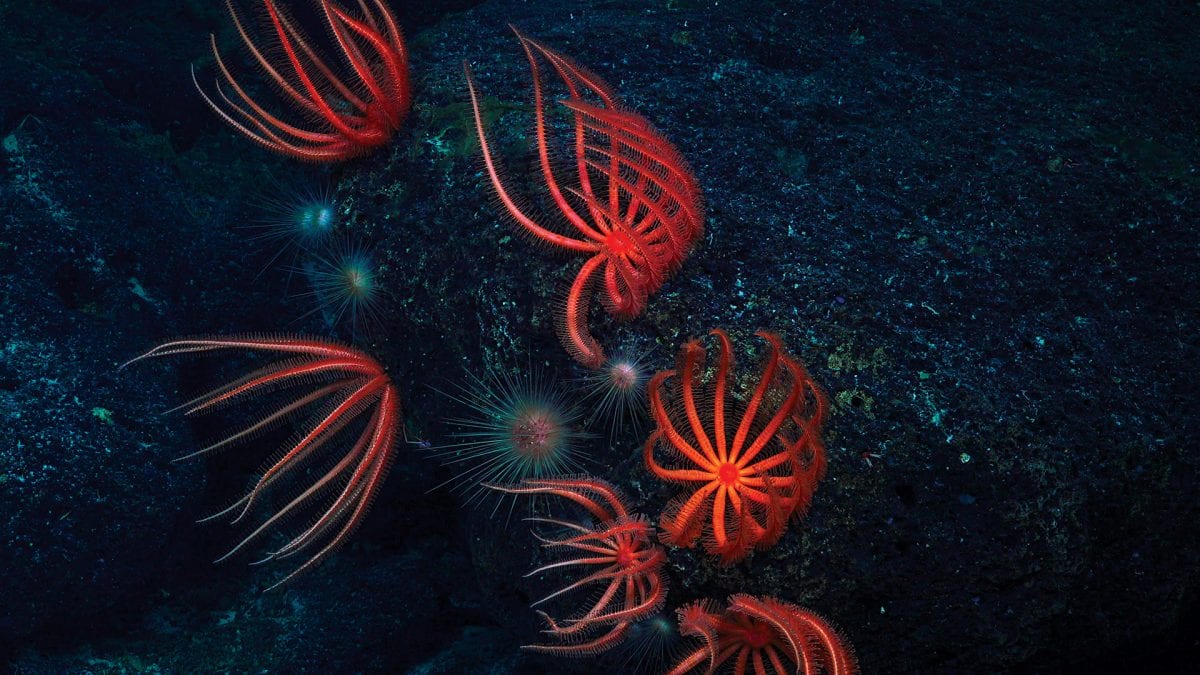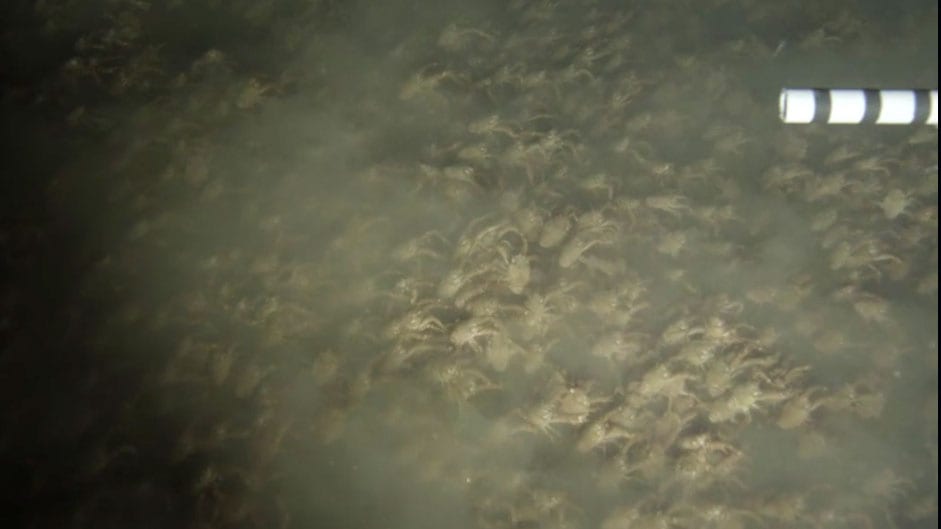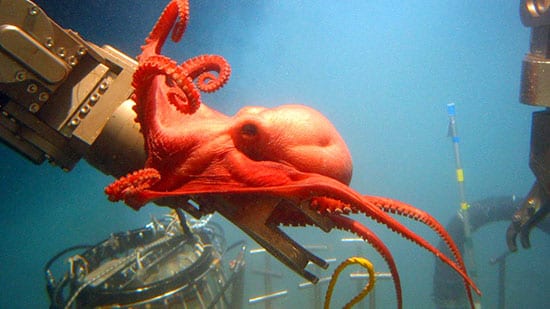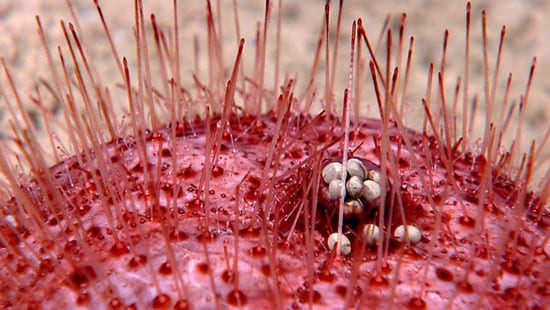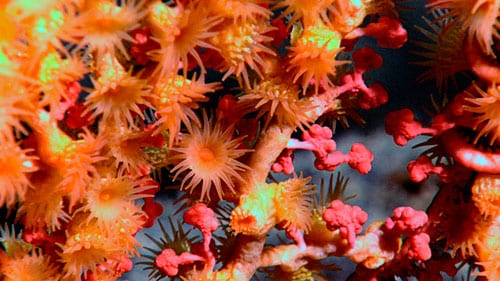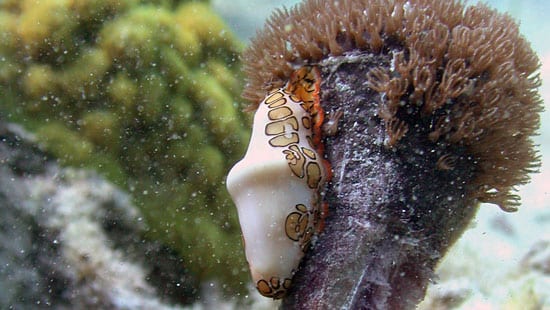In this section
Ocean Topics
- Climate & Weather
- How the Ocean Works
- Ocean & Human Lives
- Ocean Life
- Sustainable Ocean
- Ocean Tech

Light micrograph of the benthic foraminifer Nonionella stella, which thrives in anoxic sulfidic sediments far below the euphotic zone. Individuals are ~225 microns in diameter. (Image credit: J.M. Bernhard © Woods Hole Oceanographic Institution)
Benthic ecosystems are communities of organisms that live on or near the ocean floor, also known as the benthic zone. These environments range from shallow coastal regions to the deepest parts of the ocean, and they play a vital role in global nutrient cycling, carbon storage, and biodiversity. Organisms that live in benthic ecosystems include invertebrates like worms, mollusks, crustaceans, and unique single-celled organisms such as foraminifera. Some, like Nonionella stella, thrive in extreme conditions—surviving without oxygen in dark, sulfide-rich sediments far below the sunlit surface.
Despite the lack of light and often harsh conditions, benthic ecosystems are full of life. Hydrothermal vents and methane seeps support communities powered by chemosynthesis rather than sunlight. In these areas, microbes use chemical energy to fuel food webs, supporting everything from tiny bacteria to deep-sea worms and crabs. Ongoing discoveries—such as new worm species off Costa Rica or deep-sea coral reefs in the Galápagos—demonstrate the rich biodiversity found on the seafloor.
Shipwrecks, polar seafloors, and even alien-looking vent sites provide habitats for benthic species, many of which are still being studied. Understanding benthic ecosystems helps scientists monitor environmental change, study evolution, and expand our knowledge of life on Earth—and possibly other planets.
Articles Related to Benthic Life
From Oceanus Magazine
Five marine animals that call shipwrecks home
Life at Rock Bottom
Falling in love with deep-sea parasites
From Mars to the deep
Eavesdropping on Shrimp’s Snap Chat
Crabs Swarm on the Seafloor
HABCAM
Alvin‘s Animals
Deep-sea Detectives
News Releases
New study provides insight into how some species thrive in dark, oxygen-free environments
New Deep-Sea Worm Discovered at Methane Seep Off Costa Rica Named after Alvin Pilot Bruce Strickrott
Scientists Discover Additional Healthy Deep-sea Coral Reefs and New Seamounts in the Galápagos
Study Examines the Impact of Coral Chemical Compounds on Reef Composition and Health
Woods Hole Oceanographic Institution-led study explores effects of noise on marine life
What happens to marine life when oxygen is scarce?
Epic Arctic Mission Ends
News & Insights
Finding medical answers in the ocean
Falling in love with foraminifera
How do you study marine metamorphosis?
Seal Spy
WHOI in the News
Bizarro Life-Forms Inhabiting Deep-Sea Vents May Be at Risk
Barnacles Explain Life at the Extreme
Features
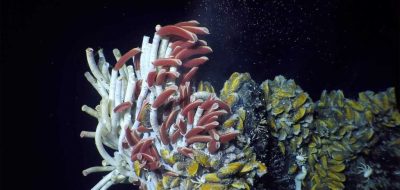
Ocean ecosystems are found in polar regions, coastal waters, coral reefs, hydrothermal vents, the abyssal plain, and at the bottom…

By human standards, they are extreme environments. Yet life not only persists in the poles...it thrives.
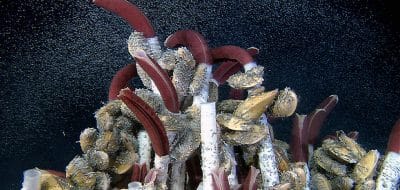
Hydrothermal vents and cold seeps are places where chemical-rich fluids emanate from the seafloor, often providing the energy to sustain…
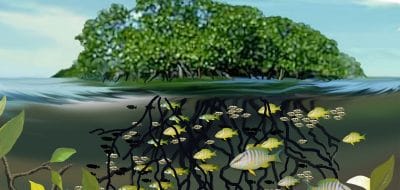
The narrow region where land and ocean meet includes salt marshes, mangroves, wetlands, estuaries, reefs, and bays often linked in…

A salp is a barrel-shaped, planktic tunicate that moves by pumping water through its gelatinous body, and can be seen…

